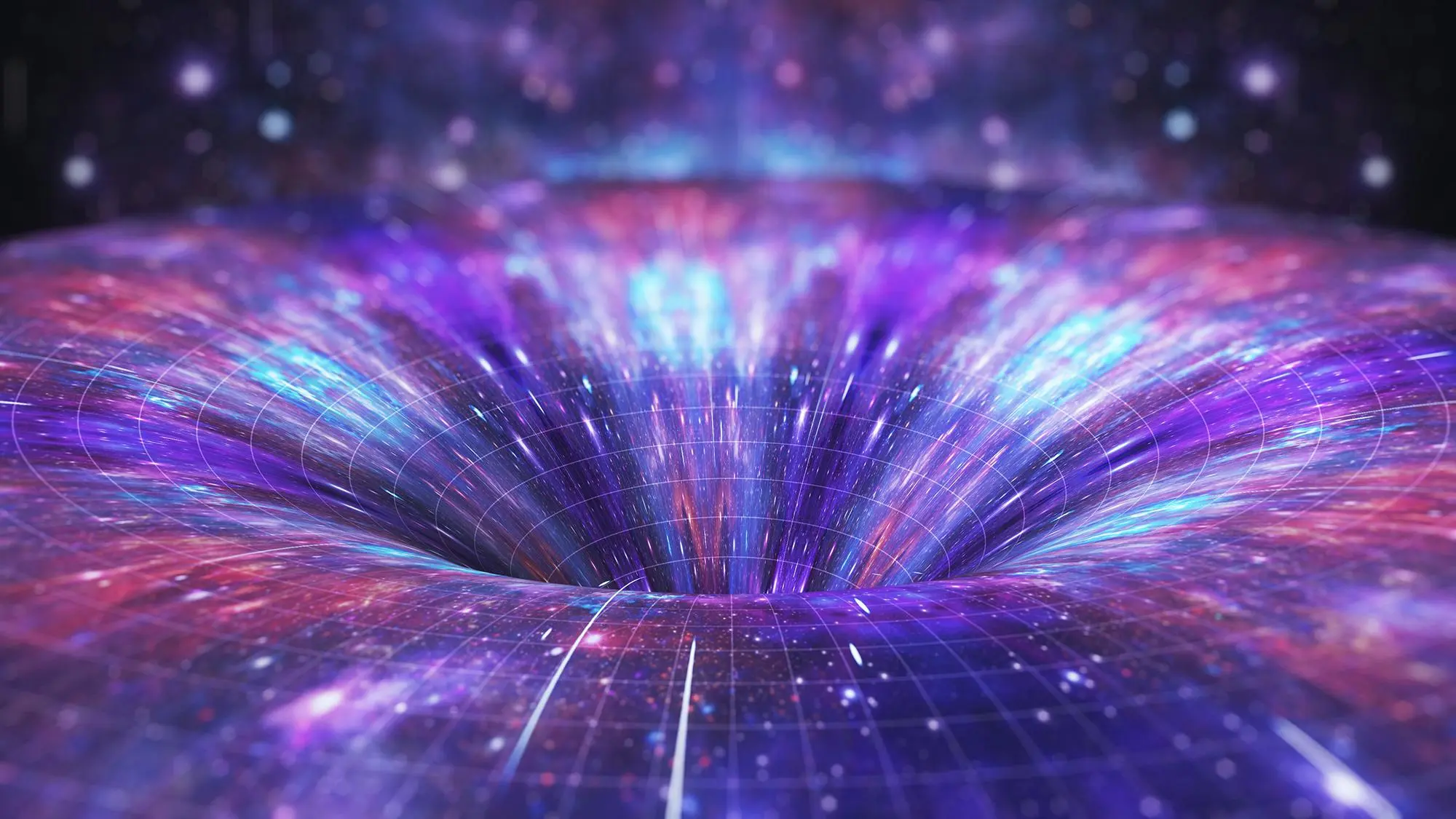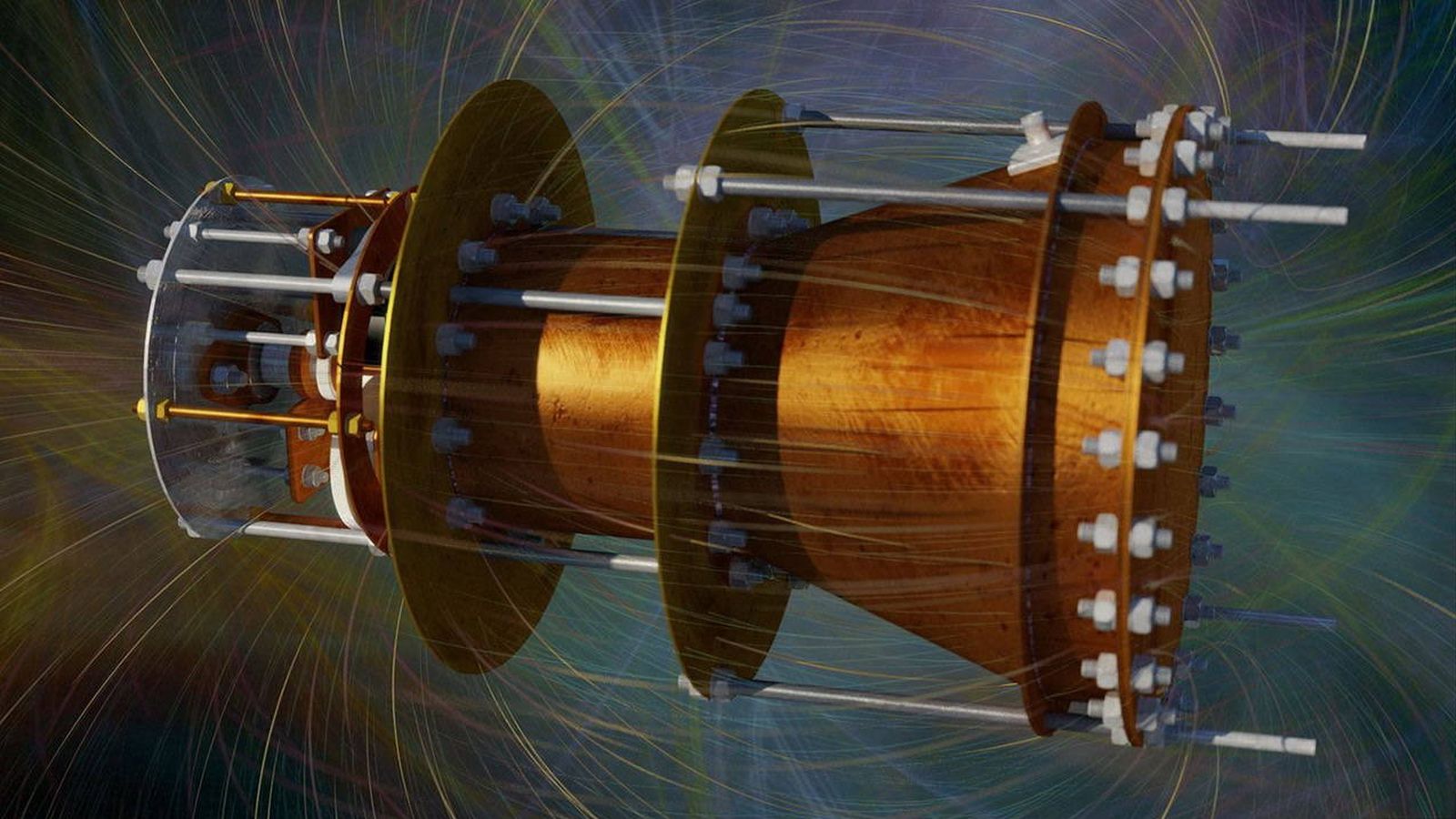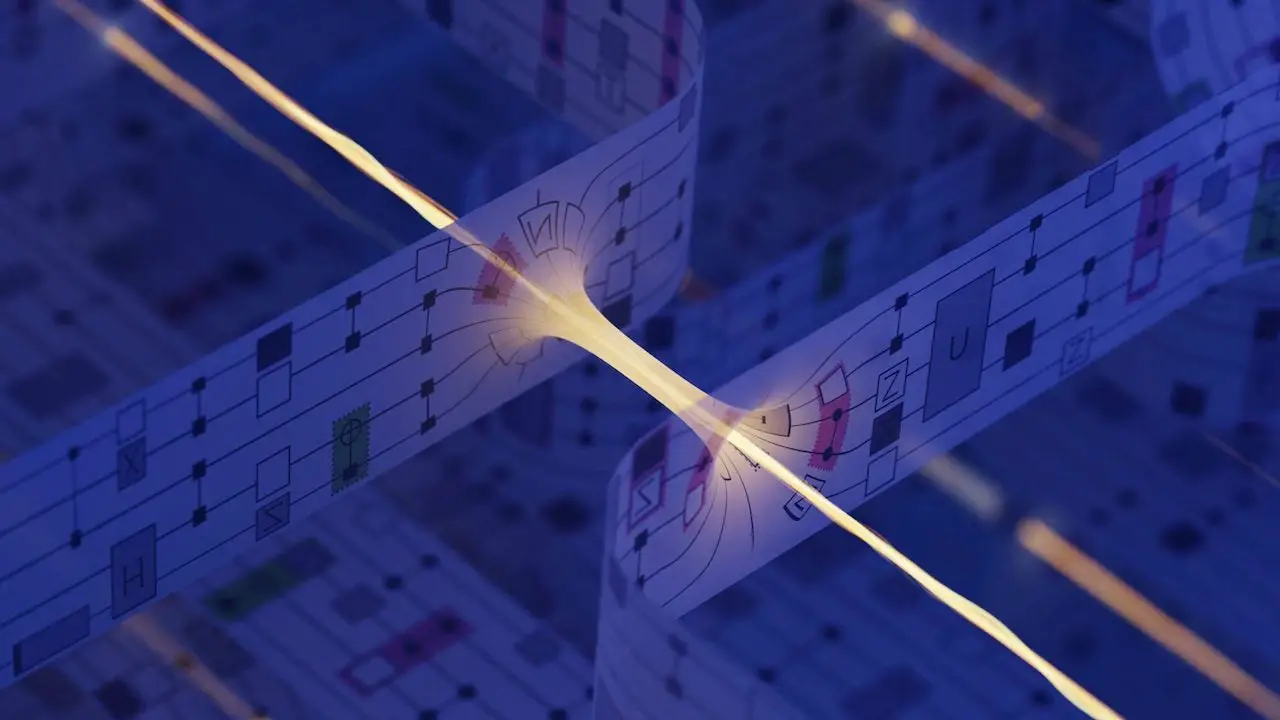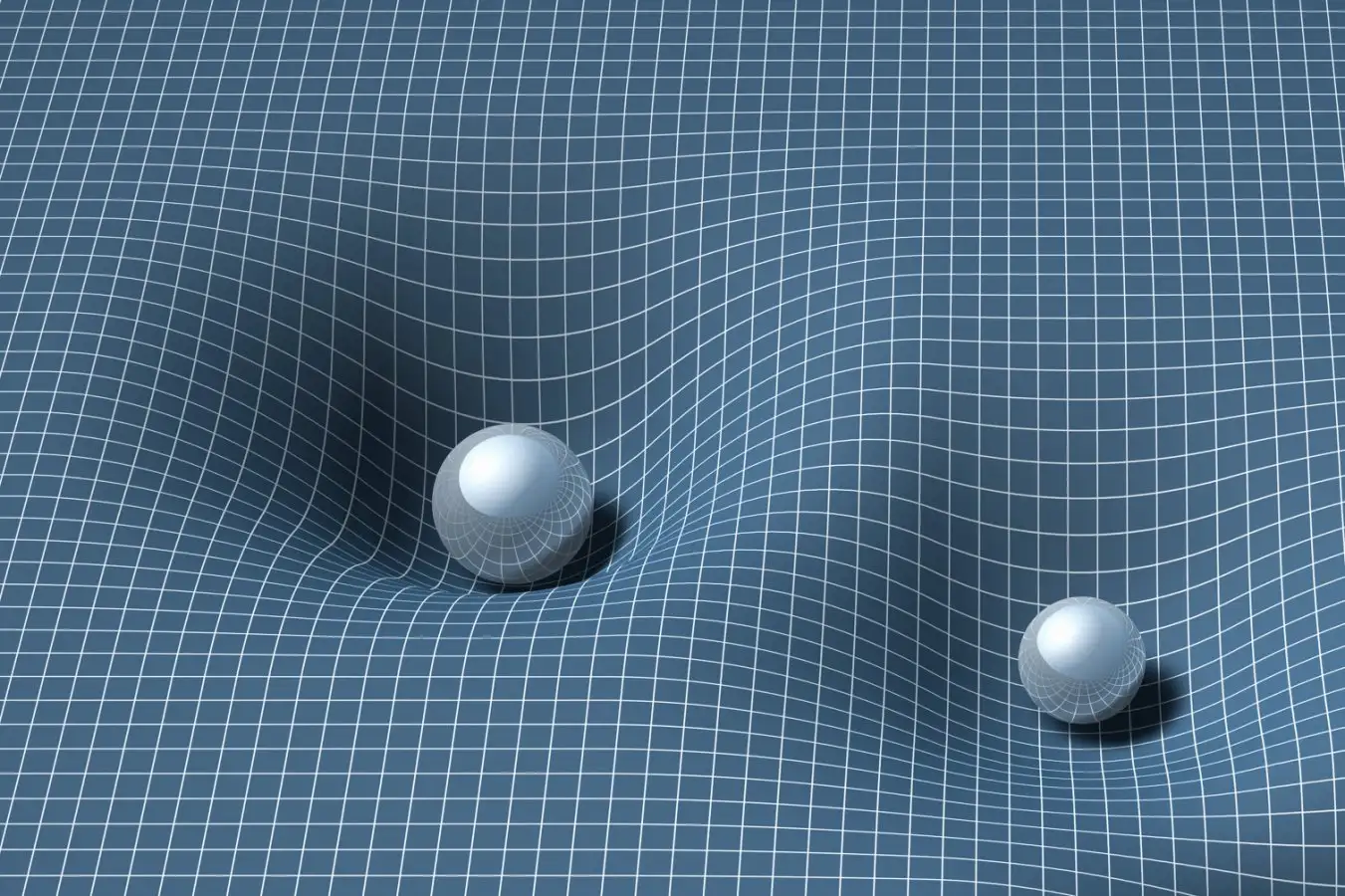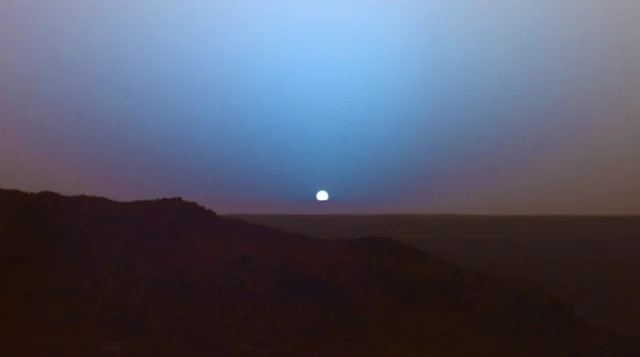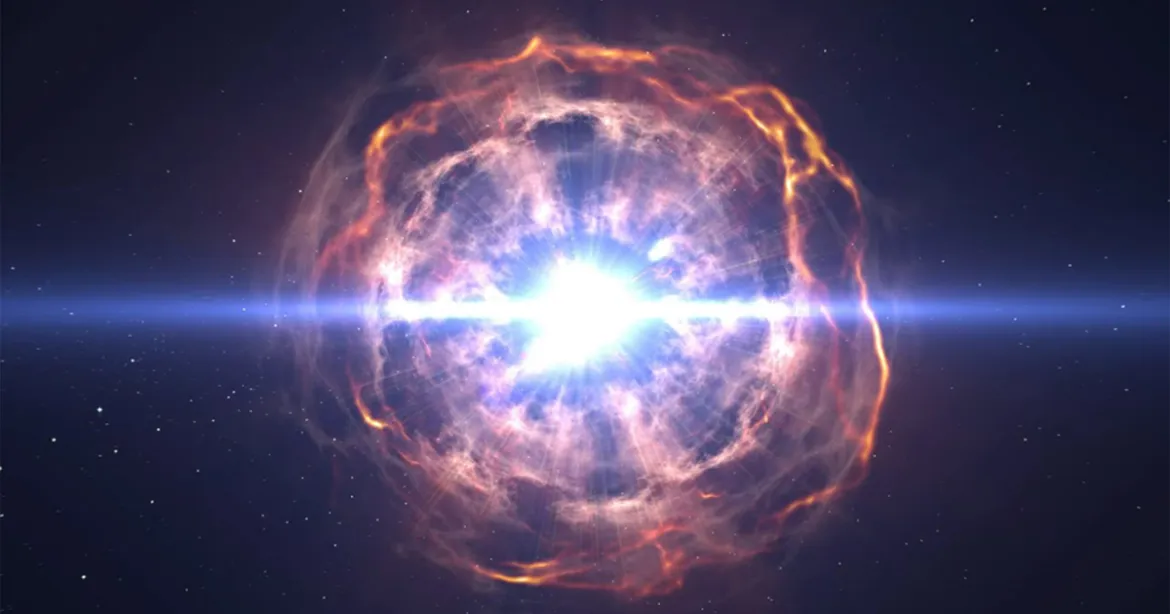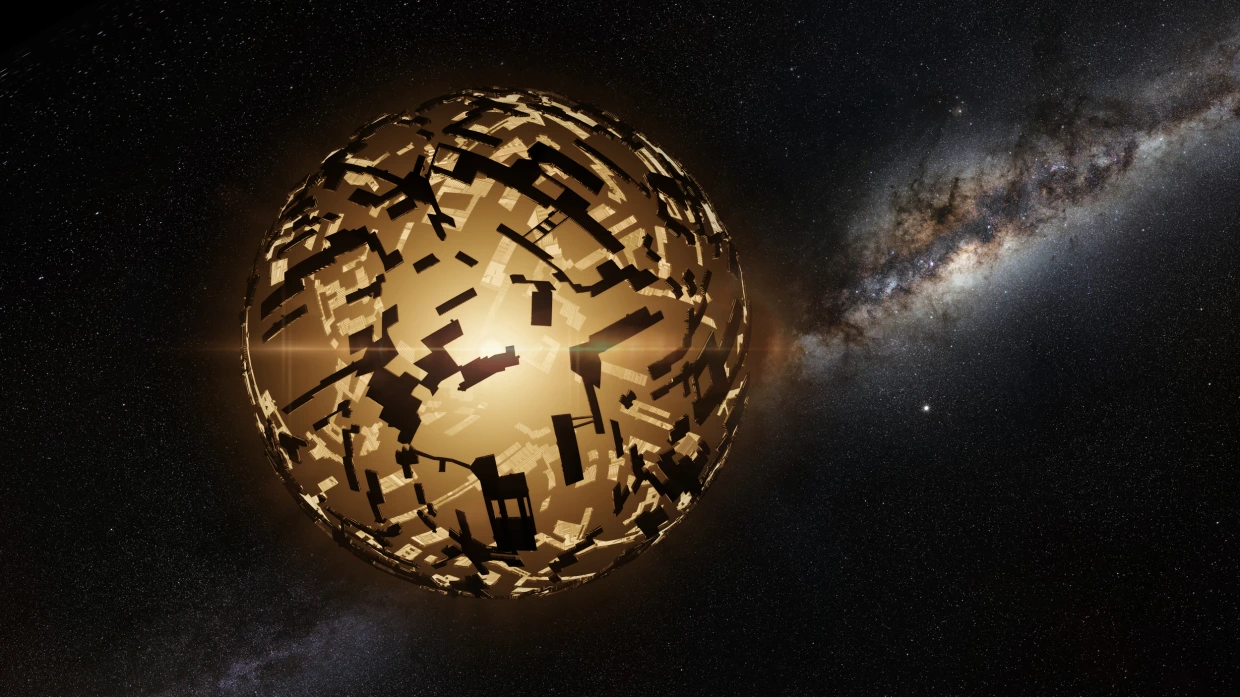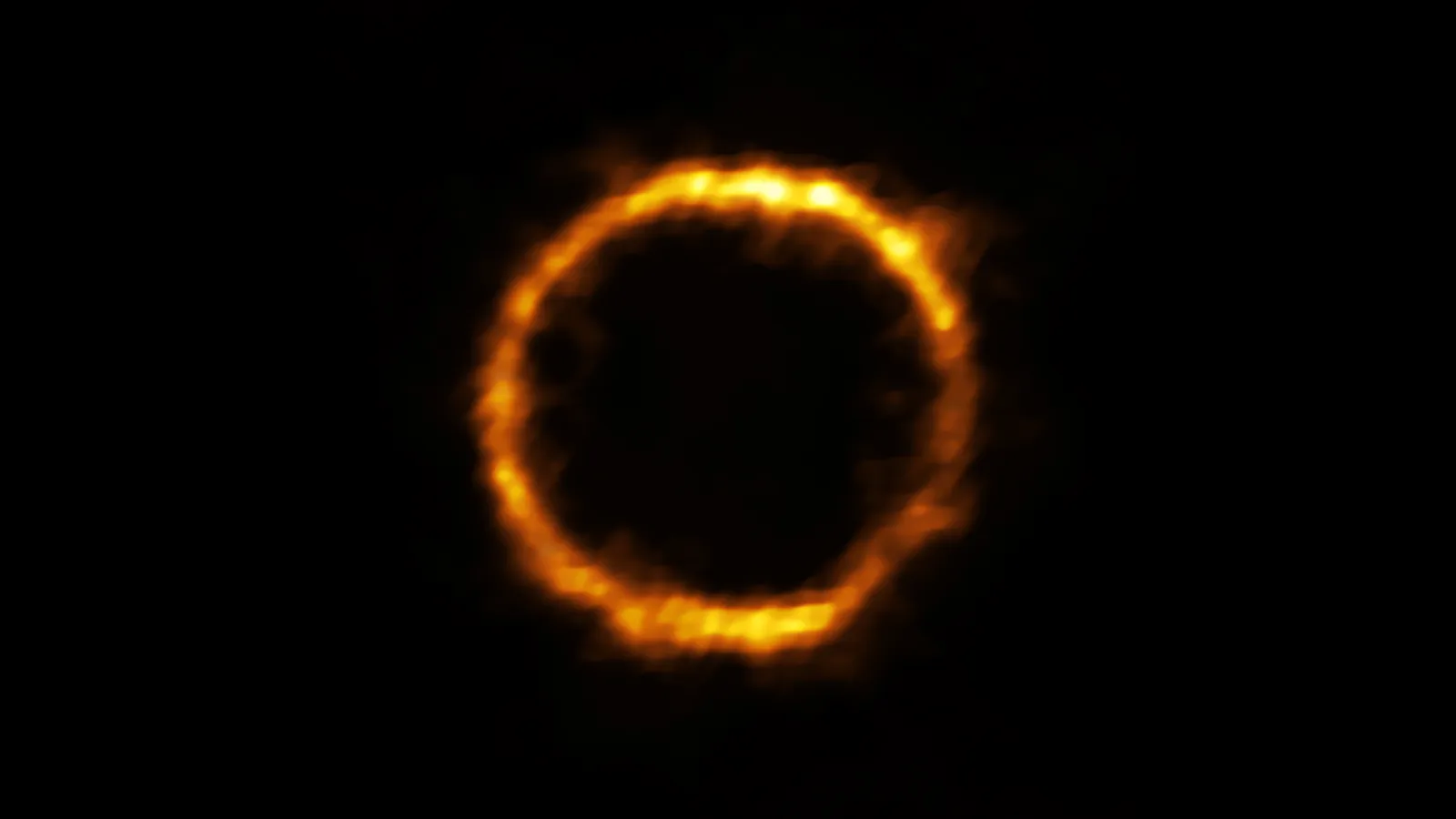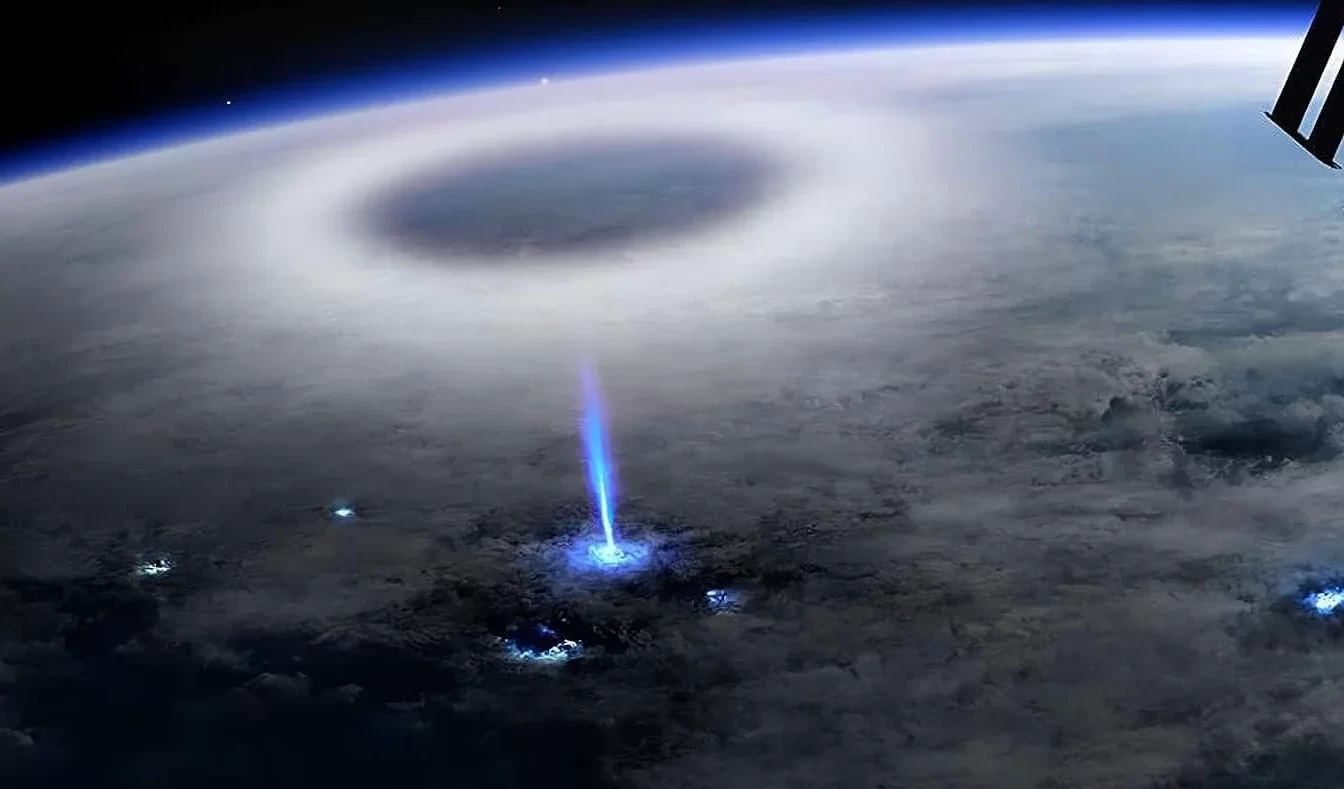
Mysterious upward-shooting ‘blue jet’ lightning spotted from International Space Station
Key Takeaways: These are rare lightning-like flashes that shoot from the tops of storm clouds toward space, reaching up to 30 miles into the stratosphere. They are difficult to see from the ground due to their brief nature and cloud cover. In 2019, instruments aboard the International Space Station recorded five blue flashes and…
